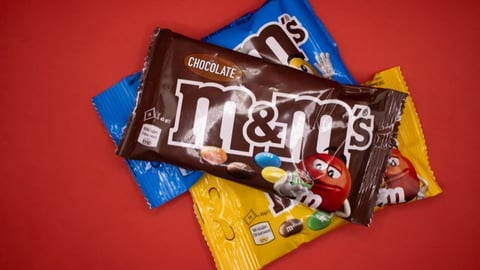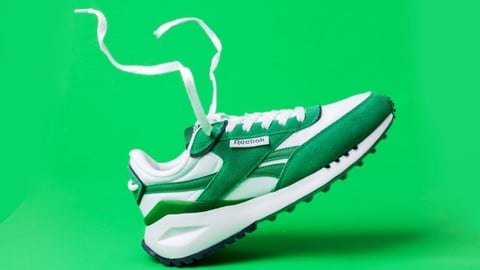Coty Signs On As Early Partner for Content Effectiveness Monitoring
Beauty brand Coty has signed on as an early adopter of AI image analytics software aimed at monitoring and optimizing content effectiveness across its large portfolio of brands.
Coty has tapped Vizit to drive the initiative, teaming up with the AI startup with a view to driving performance increases across its e-commerce, marketing, merchandising, and creative teams.
Coty — which includes brands like Marc Jacobs, Vera Wang, Rimmel, and Nautica on its roster — says it will use the solution to track and measure which visual storytelling methods are resonating with shoppers as well as make improvements.
See Also: How Reckitt Leverages AI and Machine Learning in Display Campaign Optimization
Barbara Jenny Wilson, director of content platforms at Coty, expressed excitement about the potential of the new platform to supercharge brand launches and positively impact the bottom line. “The brand experience in today’s world is still mostly a visual one. Imagery is immensely powerful to drive engagement,” Wilson added. “We now have a simple way to measure the visual effectiveness of our content.”
The solution leverages AI to sift through hundreds of millions of digital product pages and billions of images to automatically assess and score its visual conversion power. The solution tracks performance against category benchmarks and provides automated monthly recommendations based on PDP content, shifting consumer preferences, and changes in competitive movements.
The technology is also designed to evaluate new designs and concepts, identify underperforming content or products and reconfigure it to perform better.
A Snapshot of Visual Imagery Optimization
They say a picture is worth a thousand words, and brands are increasingly turning to AI technologies to maximize the value of their visual imagery.
In a recent conversation with CGT, Roman Vorobiev, global director of design and artwork management of Mars Inc, explained how the game has been shifted in part due to the increased influence of Instagram and other social media platforms, in which visual media is displayed according to audience relevance as well as aesthetic appeal.
"You need to understand the field deeper beyond [your retail customers],” says Vorobiev. “In certain spaces you need to know your category even better than they do, and so be able to have the proper conversation [about] how to develop that space, and how to further improve their customers’ experience in that space.”
For Mars Inc., this has meant scaling its efforts to develop a retail content assessment methodology, while also remaining cognizant of its own blind spots. For example, with premium cat foot brand, Sheba, the company had included imagery associated with high-end restaurants. However upon scanning the images with the technology, they discovered the image would resonate more if they included a cat in the frame.






